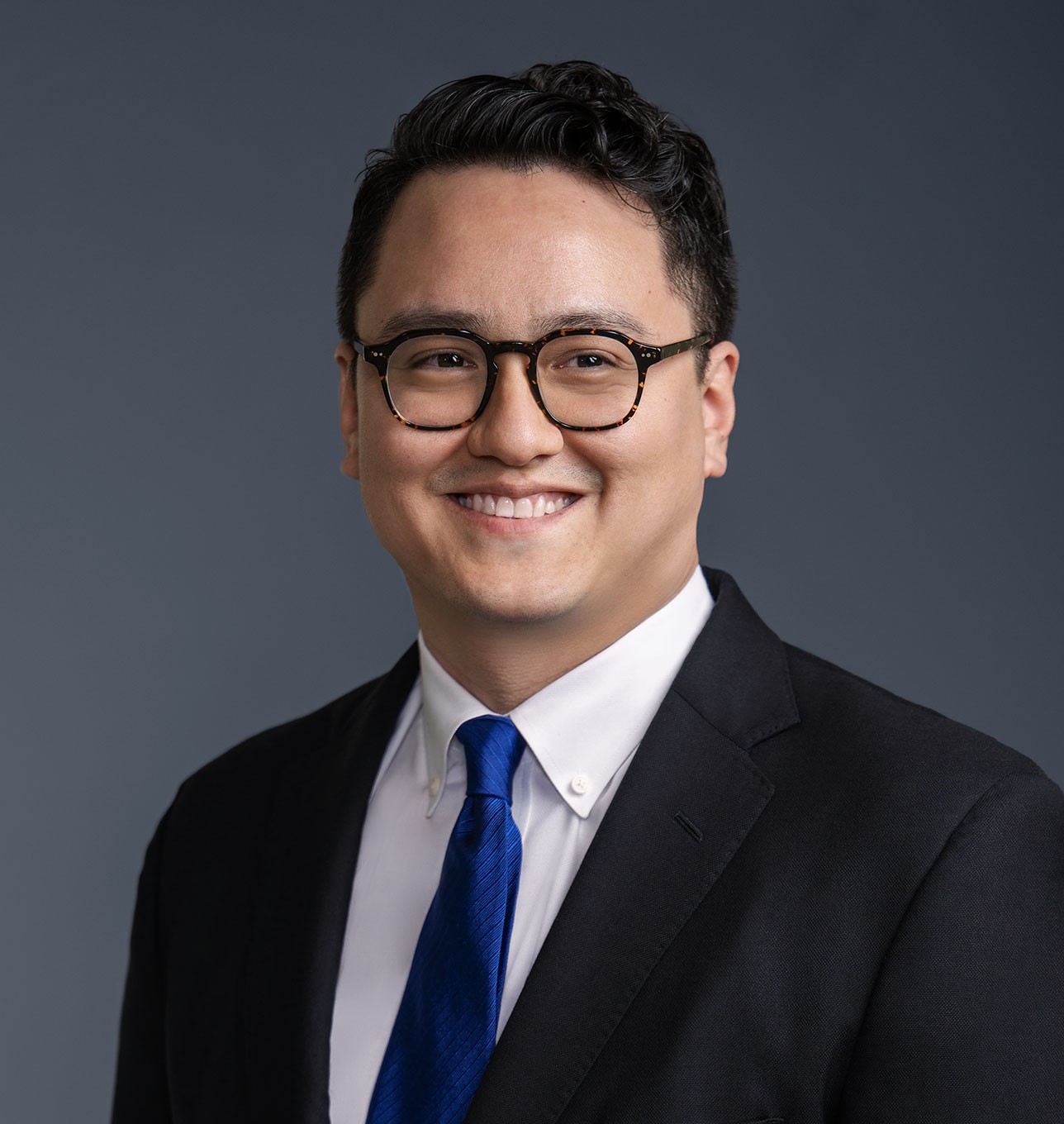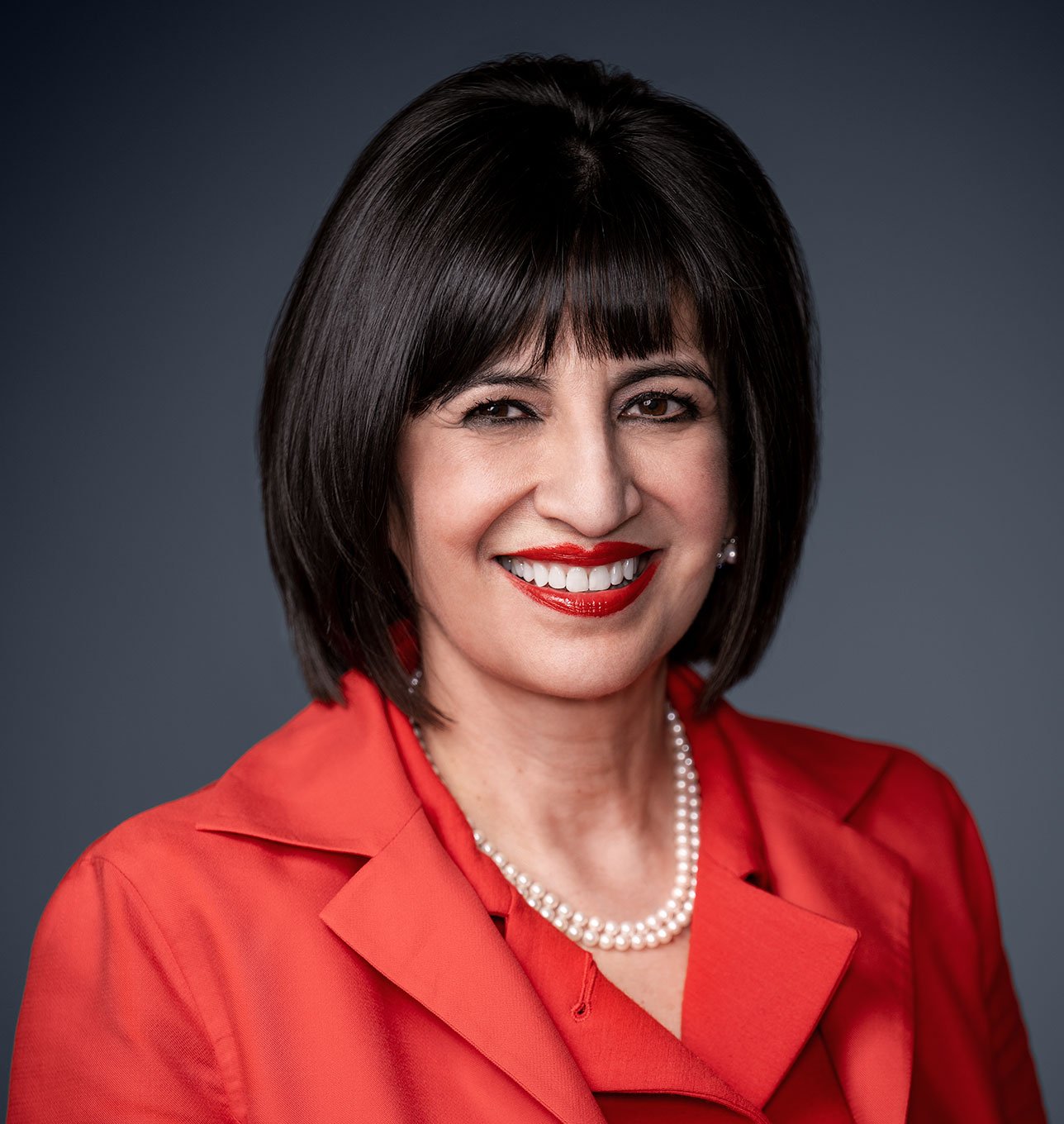On Cusp of Opening Filing Date, Government Issues Guidance on Fiscal Year 2018 H-1B Cap Filings
Employers Face Additional Pressure of Suspension of Premium Processing for H-1B Petitions
The H-1B visa program allows US employers to sponsor foreign workers in specialty occupations requiring attainment of a bachelor’s degree in the specific specialty or an equivalent combination of education, experience and training. Following is a synopsis of the annual filing process for new H-1B petitions for the 2018 federal fiscal year (FY 2018), which begins October 1, 2017.
Filing Date Opens on April 3, 2017. US Citizenship and Immigration Services (USCIS), which reviews and adjudicates petitions (Form I-129) sponsoring workers for H-1B classification, announced on March 15, 2017, that it will begin accepting H-1B petitions subject to the annual quota (the “cap”) for FY 2018 on April 3, 2017. The governing regulations require employers to file cap-subject H-1B petitions no earlier than six months before the start of the fiscal year (i.e., April 1). Accordingly, USCIS will reject FY 2018 cap-subject petitions received prior to the first working day of April, which is Monday, April 3.
Employers Should Not File Any Cap-Subject Petitions Under Premium Processing. Included with the USCIS announcement is a reminder that, as of April 3, 2017, USCIS also will stop accepting requests for H-1B petitions of any type under the premium processing program, which provides a 15-day turnaround for adjudication of petitions. This includes FY 2018 cap-subject H-1B petitions, and USCIS will reject any premium processing request (Form I-907) filed with an H-1B cap petition. If the petitioner includes a premium processing request on or after April 3 and submits one combined check for both the Form I-907 and Form I-129 H-1B fees, USCIS will reject both forms.
Annual Quota. The H-1B program is limited to 65,000 new H-1B visas per year, with an additional allotment of 20,000 for individuals who have earned a US advanced degree (master’s or higher). Up to 6,800 visas are set aside from the base quota of 65,000 each fiscal year under the terms of the legislation implementing US-Chile and US-Singapore free trade agreements. Unused visas in this group become available for H-1B use for the next fiscal year. When the quota is reached within the first five working days of April, as has been the case for multiple years, USCIS administers a computer-generated random-selection lottery. USCIS first completes the selection process for the advanced degree allotment of 20,000 visas. All unselected advanced degree petitions then become part of the random selection process until the 65,000 visa limit is met. The agency will monitor the number of petitions received and notify the public when the H-1B cap has been met.
Non-applicability of Quota to Previously Approved H-1B Petitions. Only new H-1B petitions not subject to an exemption1 are subject to the annual quota and, thus, to the April 3 filing requirement. Changes in previously approved H-1B status, such as amendments, extensions or change of employer petitions, are generally not subject to the quota. Petitions for workers who were granted H-1B status in the past six years, which is the typical maximum length of H-1B status,2 similarly are not subject to the quota, provided the worker’s petition was counted against a previous year’s H-1B cap.
Additional Resources. USCIS provides guidance on the annual filing process, forms, fees and preferred exhibit order on the H-1B FY 2018 Cap Season web page. In addition, Form M-735, Optional Checklist for Form I-129 H-1B Filings (PDF, 278 KB), provides detailed information on how to complete and submit an FY 2018 H-1B petition.
1 US immigration regulations exempt certain classes of H-1B beneficiaries from the H-1B cap limitation. These include, among others, workers who will be employed at an institution of higher education or at nonprofit entities affiliated with such institutions, and workers in the Commonwealth of the Northern Mariana Islands (CNMI) and Guam, if their employers have filed or will file their petitions before December 31, 2019.
2 H-1B status is granted in three-year increments, up to a maximum of six years. Individuals who are sponsored for permanent residency by US employers may qualify for extensions past the sixth year in two circumstances:
1. If they are the beneficiary of an approved immigrant petition (Form I-140); or
2. If they are the beneficiary of a long-pending application for labor certification or Form I-140 petition.



